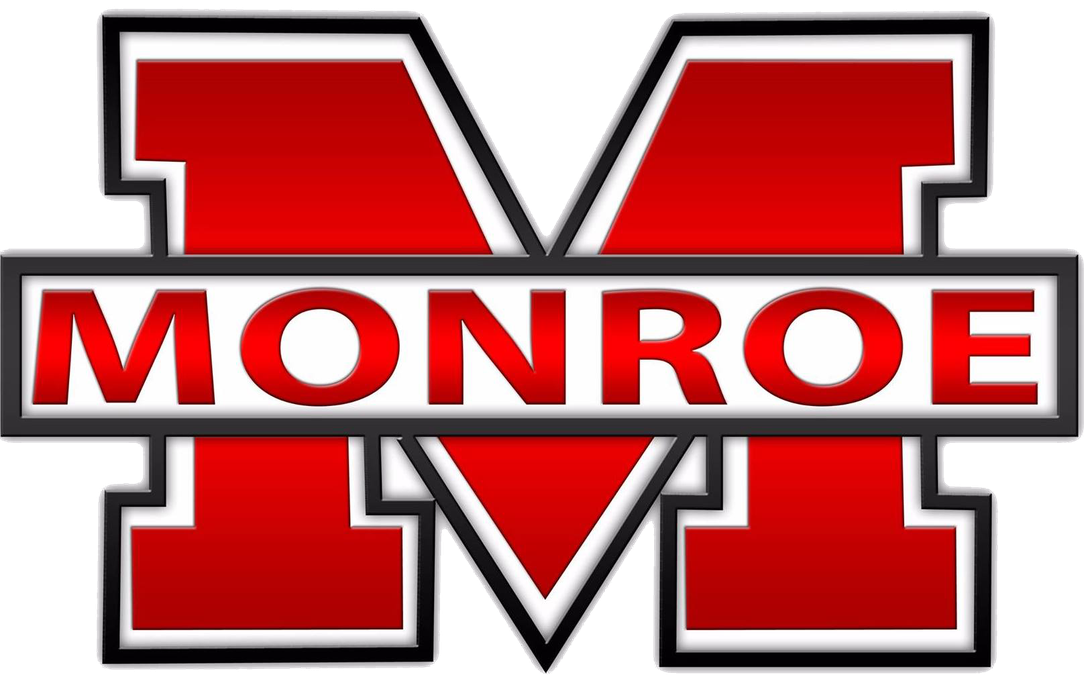MONROE — The School District of Monroe Board of Education approved more than two dozen bid packages at their most recent meeting on Oct. 14. The 24 bid packages were among the last needed for the new high school building project. About 99% of bids were in hand prior to the meeting, according to board president Rich Deprez.
Among the bid winners included Voegeli Landscaping of Monroe for exterior retaining wall work. Voegeli had the low-bid.
The board also discussed planning of a further extension of the building along the Career and Technical Education (CTE) corridor based on a $2 million grant from the state of Wisconsin through Green County Development Corporation (GCDC) and workforce development.
Business Administrator Ron Olson also shared that there was extra money from the 2022 $88 million referendum after investment growth. Bottom line, he said, they had estimated about $95 million to work with based on interest and borrowing, but now that mark from full bonding is projected to be $96.2 million. The project itself is currently on-budget, according to Tony Buss of CG Schmidt. The guaranteed maximum price (GMP) is expected to be presented at the next meeting on Oct. 28.
The board also approved a recommendation from administration to raise the per day pay of substitutes with a Wisconsin teaching license from $140 to $200, in hopes of luring in some retired area teachers in order to expand the district’s list of available substitutes. Long-term substitutes would be kept at the same wage, which is already higher yet. Those with a substitute teaching license, which is different, would not be offered the higher rate, which is already competitive with other area districts. The last time the district looked at substitute rates was in 2022.
Already this semester the district has seen a high amount of staff absences and many times have had to fill the gaps from within using active teaching staff. That staff, usually filling in during their own prep or break time, then get compensated further by the district for the missed prep time.
“I’m very budget conscious considering where we are … To me, I think it’s kind of a no-brainer. I think the benefits of this way outweigh the cost,” said board member Mike Froseth, Jr.
The day after the meeting, Oct. 15, the district learned the finalized amount of public aid from the state. When building the prospective budget for the school year, Olson used a conservative number to fill the questionable void. When the rate of about $1.3 million came in, it gave the district slightly more in the budget than was originally expect — but not much more.
“The state will pay more and the local taxpayers will pay less than what we have in our budget booklet. Ron will have it adjusted for the certification after Monday’s meeting,” said district superintendent Rodney Figueroa on Oct. 16. Copies of the budget information booklets are available at the district office.
The district will hold its Annual Meeting on Monday, Oct. 21 at the Bauer Education Center. Figueroa and the district will provide two different budgets for approval for the 2024-25 school year. One budget will be used if district voters approve a $1.5 million per year (for four years) operational referendum. The other budget is in case the referendum fails, and the district has to make drastic cuts moving forward.
State funding has lacked over the past dozen years, with the formula changed and public funding being shared with private institutions through the school choice program. Had the rate of state funding stayed in line with inflation since 2009, the district would be receiving more than $3,300 per student, or about $6.6-7 million total. Instead, facing deepening deficits year after year, the district has had to cut positions and programs in an effort to stay within its budget.
More than 80% of Wisconsin school districts — including every Green County district — has had to utilize an operating referendum since the change.
Facing a nearly $2 million hole for this year, the $1.5 million referendum would trim the budget shortfall to a much more manageable margin. The district already made $900,000 in reductions for the 2024-25 school year. Should the ballot measure fail, the board would have to make further cuts at the beginning of the 2025-26 school year. Cuts would likely include a significant reduction in staffing, increased class sizes and potentially the elimination of programs and course offerings.
The $1.5 million figure is the same that the district had in place from 2016-24. Voters originally passed the measure in 2016 and then extended it two years later to last through the end of the 2023-24 school year. According to Figueroa, the tax burden passed on to voters with a referendum approval shouldn’t be very alarming, as it was the same figure they had already taken out for nearly a decade.
The election is Tuesday, Nov. 5, though voters can currently request an absentee ballot should their availability to show up to the polls that day be in question. Follow the School District of Monroe on Facebook or go to its website to learn more about the budget issues facing district.


